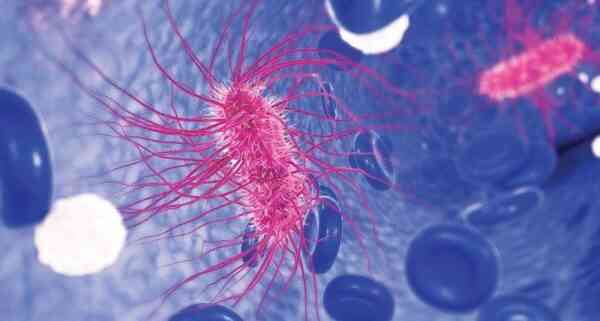They’re everywhere! Bacteria surround us, they swarm absolutely everywhere, in the entire space around us. On the table, on the mirror, on our skin, and even on the monitor screen from which you are reading this text. And there is nothing to be done, because it is to bacteria that we owe the emergence of life on our planet, and without them the Earth would be a sterile lifeless ball rotating in the void.
Interesting facts about bacteria
- It is still not known exactly how many species of bacteria exist. Scientists have studied about 10 thousand of these microorganisms, but it is assumed that there are more than a million species.
- The largest bacterium is 15 times larger than the smallest.
- On average, an adult human body lives from 300 to 1000 different types of bacteria.
- They are comparable in size to viruses, but usually bacteria are still larger.
- They are both unicellular and multicellular.
- In 2016, scientists in Japan discovered the bacterium ideonella sakaiensis 201-F6, which feeds on plastic (interesting facts about Japan).
- Bacteria appeared on Earth more than 3.5 billion years ago. They were the first inhabitants of our planet.
- It was thanks to lactic acid bacteria that products such as cheese, kefir and yogurt appeared.
- The number of bacteria living in the human body is an order of magnitude greater than the number of cells in the body itself.
- Adult human gut contains an average of about 2.5 kg of bacteria.
- These microorganisms, which enter near space along with aircraft, are able to survive even in a vacuum, under the influence of aggressive solar radiation (interesting facts about the Sun).
- It is thanks to the action of bacteria that we have an immune system.
- Some have adapted to living near underwater geothermal vents. The pressure of the water column there is enormous, and the water is heated to +300-400 degrees, but, nevertheless, many bacteria manage to survive even in such conditions.
- The bacterium deinococcus radiodurans survives and even continues to reproduce after exposure to radiation exposure 1000 times the lethal dose for humans.
- Some deep-sea fish have natural «flashlights» to help them lure prey. In fact, this luminous organ is a colony of bioluminescent bacteria (interesting facts about fish).
- These microorganisms communicate with each other chemically, exchanging signal molecules.
- The world’s fastest bacterium is Bdellovibrio bacteriovorus, a predator that devours other microorganisms by invading them. In a second, he overcomes a distance equal to about 100 of his own sizes.
- Some types of these microorganisms are able to sense a magnetic field.
- The average person has about 40,000 bacteria in the mouth.
- There are usually more of these microorganisms on a mobile phone screen than on a toilet seat.
- The largest bacterium is about 0.35 mm across.
- The relationship between bacteria and disease has only been discovered by scientists in 1850.
